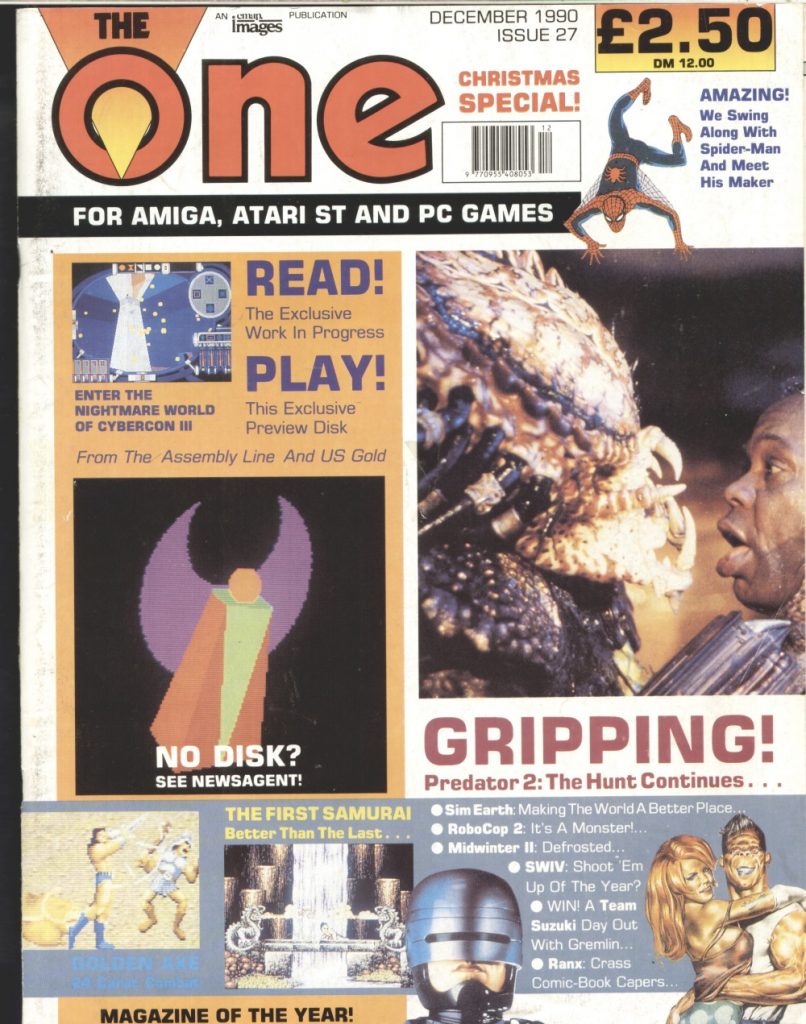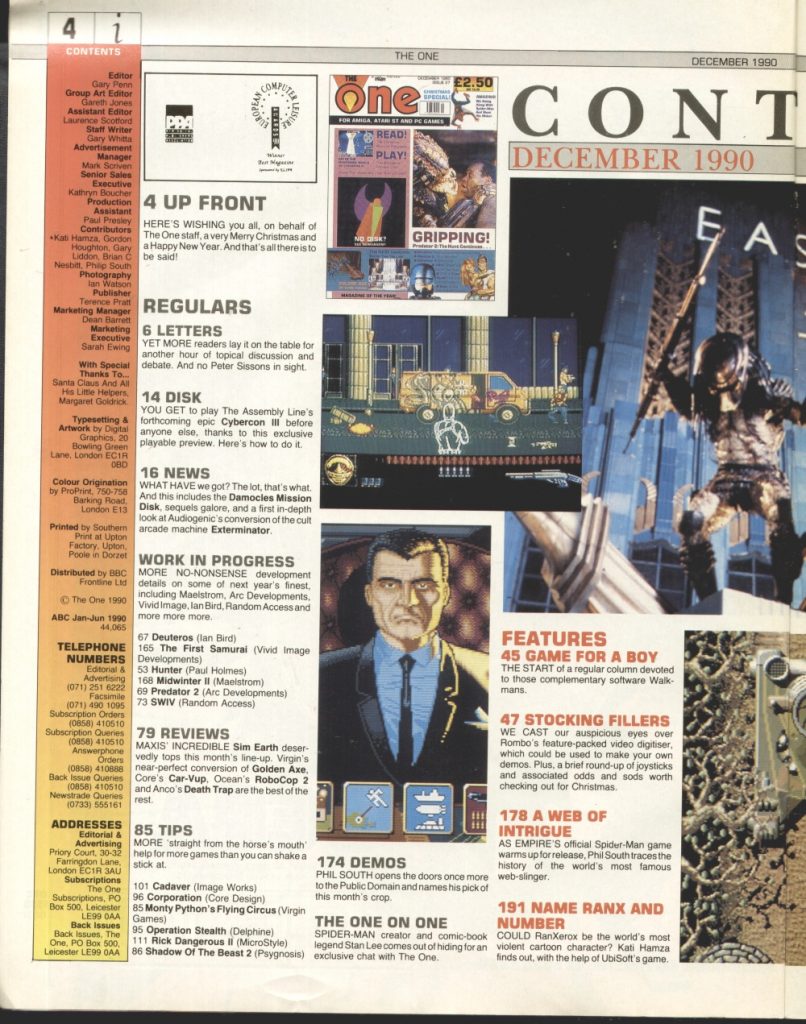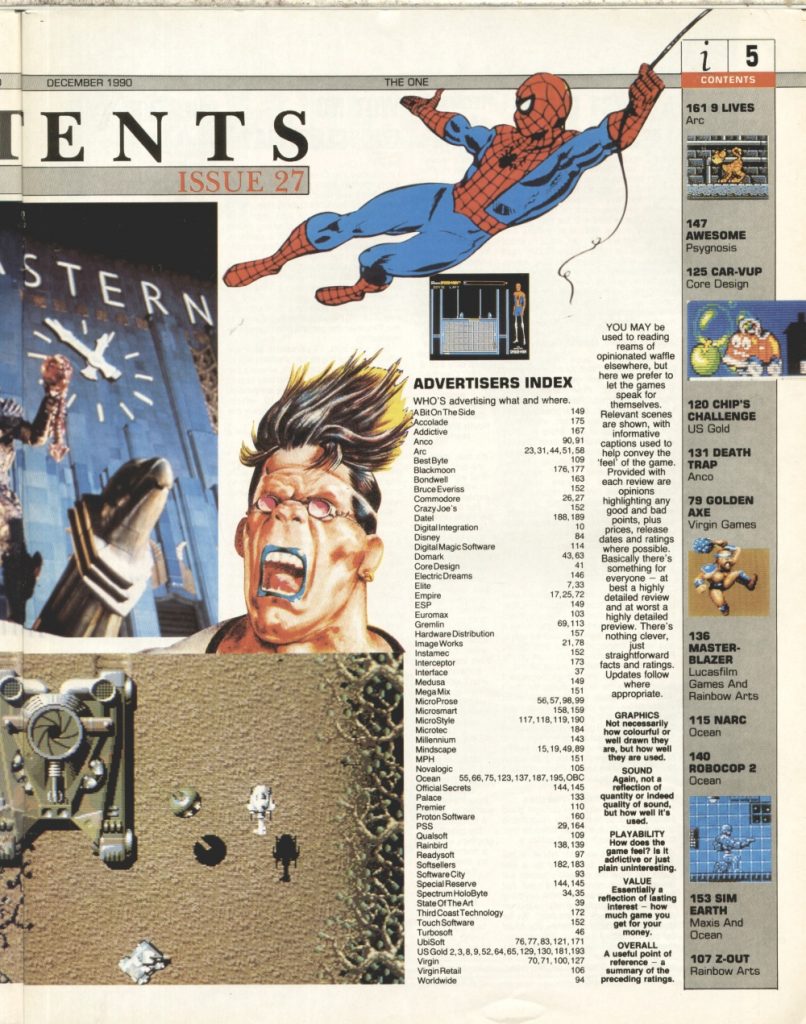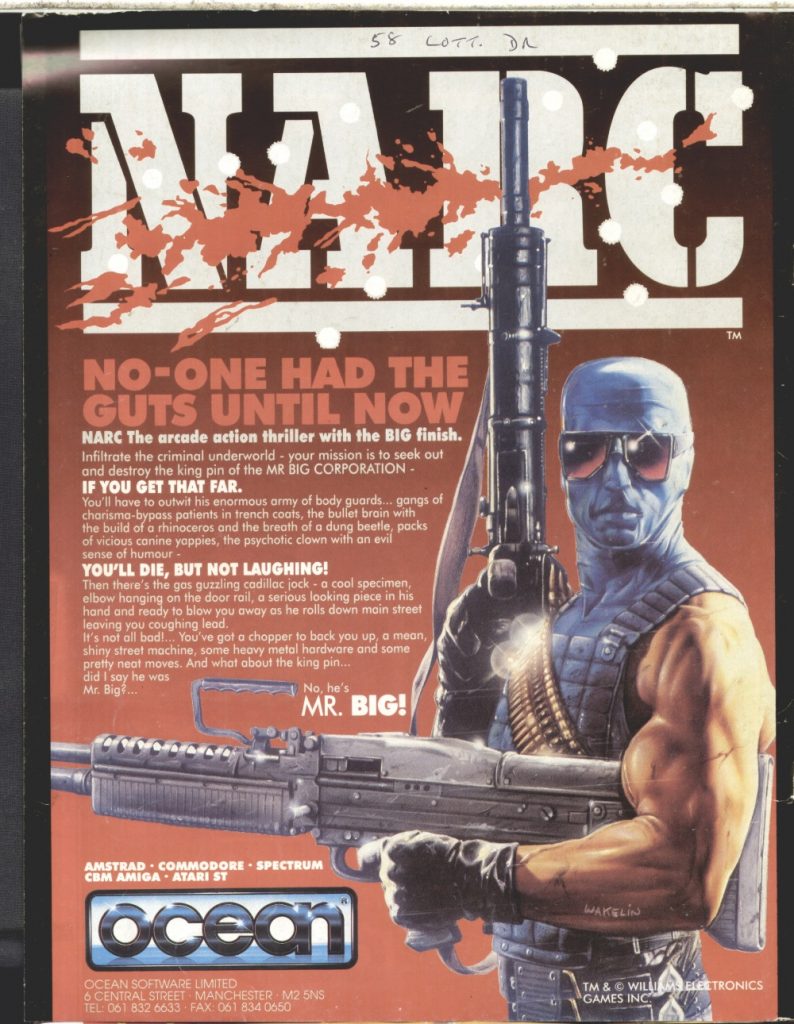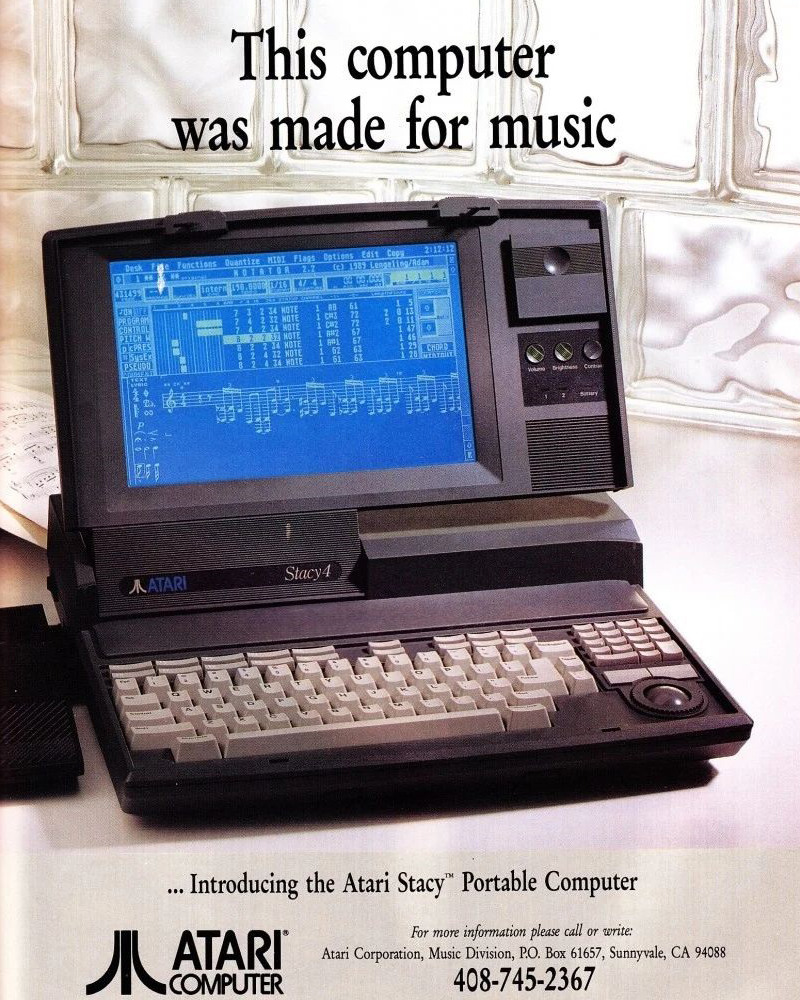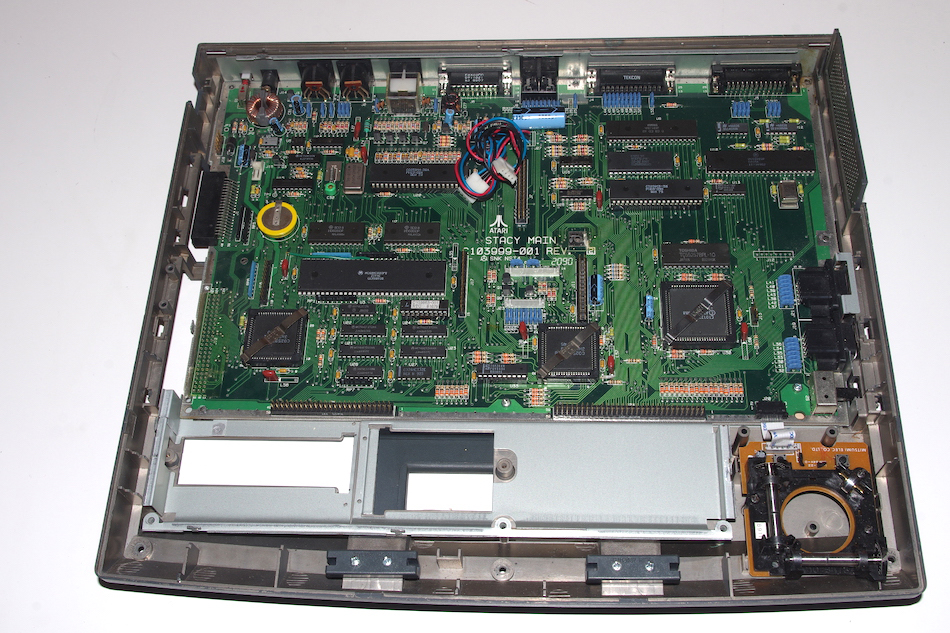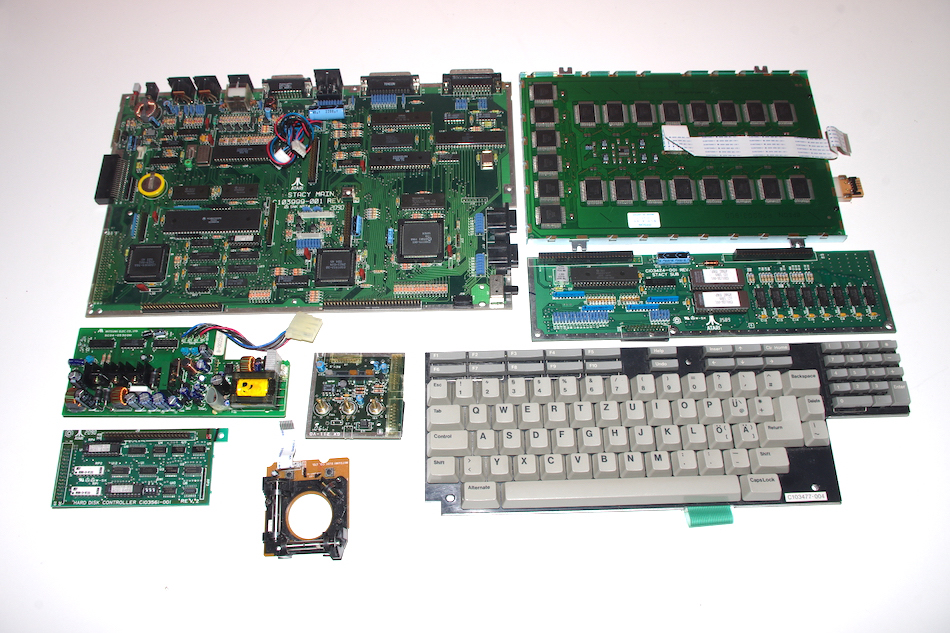Source: The One – Issue Number 15 – December 1989
The One was a U.K. published magazine that covered various mostly 16-bit systems over the course of its life. In late 1989, it was covering the Amiga, Atari ST, and PC (DOS). The December 1989 issue includes:
Departments
- Play Guide – A guide to Activision’s Fighter Bomber, a combat flight simulator. This game was known as Strike Aces in the U.S. While I don’t see a mention as to what platform this review is for, this game was released on the Atari ST, DOS, Amstrad CPC, Amiga, ZX Spectrum, and Commodore 64.
- Feature – A preview of the new Ghostbusters II game. While the graphics were nice the game was sadly not as much fun as the original game.
- Demos – A look at various demos including Interphase, Stay, Magnetic Beats, Ghostbusters II, DTack, and Moonwalker for the Amiga and Batman and UFO for the Atari ST.
- Graphics – A tutorial for how to create fancy looking text on the Amiga and Atari ST.
- Arcades – A look at new and upcoming arcade releases including Chase HQ II from Taito, Midnight Resistance from Data East, and X-Multiply from Irem.
- Feature – A look at the current state and future of Artificial Intelligence. It’s interesting to look back on how AI was viewed 35 years ago.
- Letters – Letters from readers on subjects such as Xenon 2: Megablast, Populous, PC reviews, Rainbow Islands, Leisure Suit Larry, Police Quest, and more.
- News – The latest in gaming news including updates on Rainbow Islands, Hawk, a Carrier Command sequel, Xenophobe, Dogs of War, Loom, Stun Runner, and much more. Plus the top games for the nonth of November 1989…For the Amiga the top game is Batman – The Movie, for the Atari ST it’s TV Sports football, and for the PC it’s Jet Fighter.
- Showcase – A look at reader submitted computer art including Alien, Judge Dredd, and Ghostbusters themed work among others.
- Work in Progress – Previews of games currently in work including an arcade adventure game called Tusker, a 3D game called Simulcra, an arcade adventure called Myth, and a top down action game called Crack Down.
Reviews
- Axel’s Magic Hammer – A cutesy platform game for the Atari ST.
- F-29 Retaliator – A combat flight simulator from Ocean for the Atari ST.
- Ghouls ‘n’ Ghosts – Sequel to the classic Ghosts ‘n’ Goblins for the Atari ST. A great game but not easy.
- Hard Drivin’ – Atari’s classic polygonal racing game for the Atari ST.
- It Came From The Desert – A review of this classic adventure game for the Amiga. I never played it but I remember the TurboGrafx-CD ads the most.
- The Ninja Warriors – Arcade conversion of this side-scrolling action game for the Amiga.
- Rock ‘n’ Roll – A puzzle game from Rainbow Arts for the Amiga.
- Switchblade – A sci-fi themed platform game for the Atari ST.
- The Untouchables – An action game based on the movie of the same name for the Amiga.
Tips
- 3D Pool – Tips for improving your play in this Pool game from Firebird.
- Altered Beast – Tips for dealing with the various creatures in this side-scrolling action game.
- Conflict: Europe – Strategies for winning this Cold War era strategy game.
- Hybris – How to access the cheat mode of this overhead shooter.
- Indiana Jones and The Last Crusade – How to pass various sections of this adventure game.
- Interphase – A variety of tips for this early first person shooter that features concepts from Neuromancer.
- The New Zealand Story – Codes for two different cheat modes.
- OutRun – How to activate the cheat mode for the Amiga version of this racing game.
- Populous: The Promised Lands – Tips for several levels of this classic strategy game.
- Weird Dreams – A variety of tips for this odd adventure game.

…and more!



